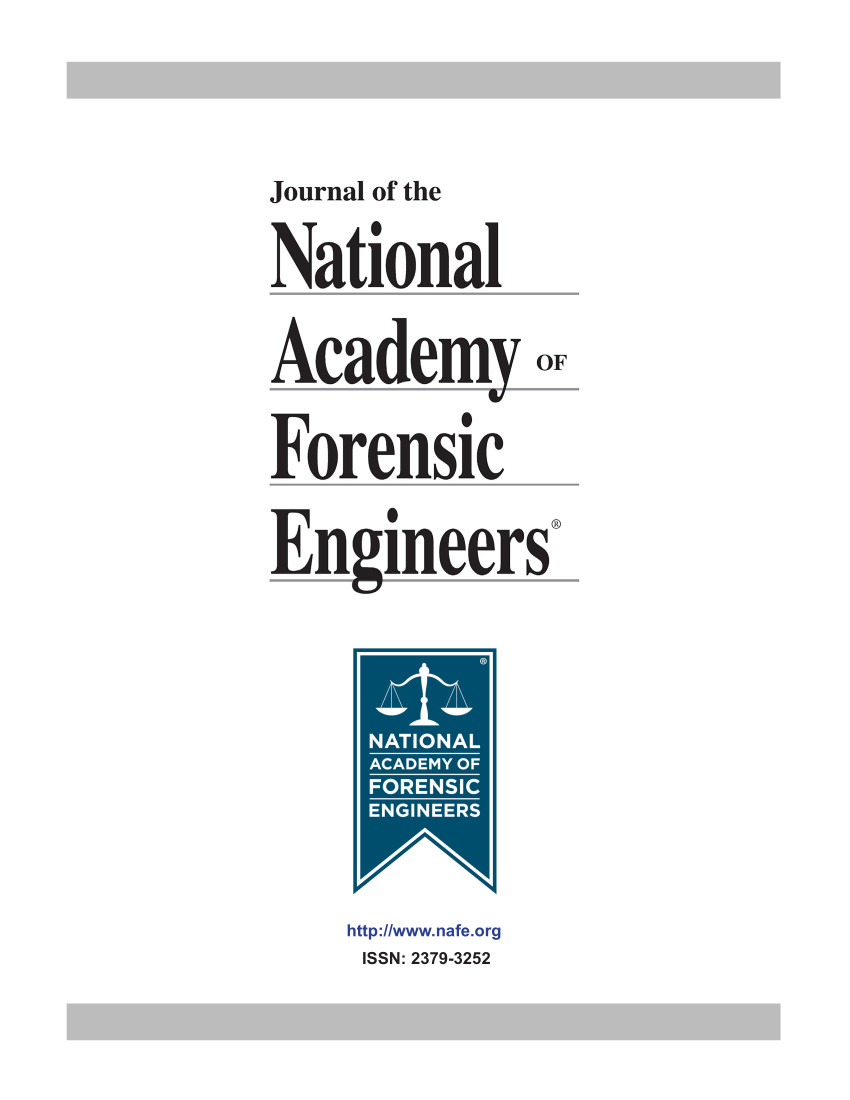Concrete Spalling in Fires as an Indicator of Accelerants and of Arson
DOI:
https://doi.org/10.51501/jotnafe.v3i1.400Abstract
Technical fire investigation is, at this state in its development, perhaps more of an art than science. The non-technical investigator relies almost exclusively upon his prior experience and the experience of his peers as well as that technical information which the scientific and engineering community can translate into understandable and useable terms. The engineer, on the other hand, engaged in technical fire investigation relies not only upon experience but also his training in related scientific fields such as thermodynamics, propertiesof materials, statics and dynamics. For both the technical and nontechnical fire investigator, relatively great importance is placed on a body ofknowledge which may be communicated only verbally or at best in written generalities. Only occasionally does the engineering investigator encounterspecific technical experiments and theoretical models which relate directly to the art which he practices.Published
1986-01-01
How to Cite
Coltharp, William M. 1986. “Concrete Spalling in Fires As an Indicator of Accelerants and of Arson”. Journal of the National Academy of Forensic Engineers 3 (1). https://doi.org/10.51501/jotnafe.v3i1.400.
Issue
Section
Articles
License
Copyright (c) 1986 National Academy of Forensic Engineers

This work is licensed under a Creative Commons Attribution-NoDerivatives 4.0 International License.
All rights © Journal of the National Academy of Forensic Engineers.
Full statement regarding the author's license of copyright to the NAFE is shown on the Copyright section of the Submissions Page.






